Leg Two
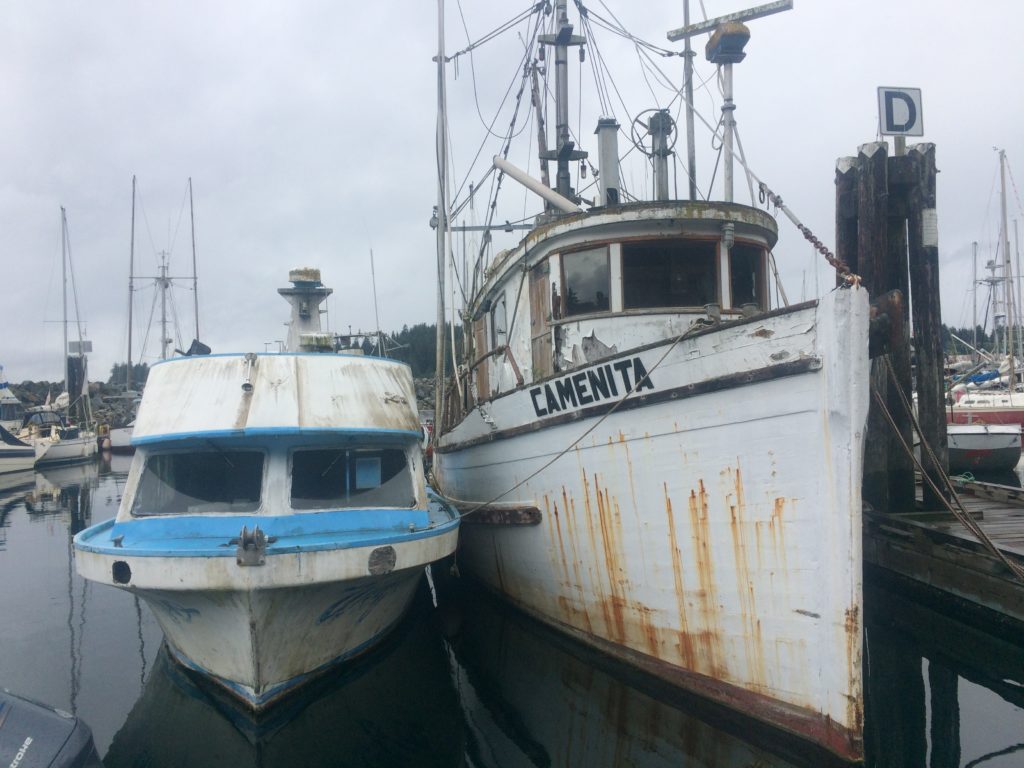
I asked Crewman John for Leg Two highlights. Here is what stood out in his mind.
Stonehouse Pub
The Stonehouse Pub sits in the woods up a gravel road adjacent to Canoe Cove marina near Sidney, BC. Its name aptly describes its appearance. Good grog and beer served by comely barmaids are found inside. John and I dined there after arrival from the Victoria airport on Day One of Leg Two. He found it pleasing. Bonus for me was that the Red Sox were playing the Blue Jays on a big screen behind the bar. Unfortunately, it was not the Sox night.
Montague Harbor
Leg Two, Day Two. We sailed to Galiano Island and anchored among several boats in Montague Harbor, a beautiful natural harbor with protection from all directions. We soon rowed the dinghy ashore to catch the Pub Bus (see last blog post). A fine evening at the Hummingbird Inn followed, which John enjoyed. So far, highlights one and two for John involve pubs. Do we see a pattern emerging?
Dodd Narrows
In his book, Local Knowledge, Kevin Monahan puts it this way:
“The biggest barrier to cruising the central coast of British Columbia isn’t the distance, or the wet weather, or the cost of fuel. The biggest barriers are the capricious (and often confusing) tides and rapids north of Campbell River. Unpredictable tidal currents that always seem to be working against you: either pushing your boat along faster than you wish, or retarding its progress…. It is apparently impossible to plan a trip or meet deadlines – and that creates anxiety…. You need not be anxious. Planning a trip…is not as difficult as you might think.”
Dodd Narrows presented us with such a barrier, our first “gauntlet” heading north, a dress rehearsal, if you will, for the larger tidal gates ahead. It had been two seasons since I last dealt with tidal streams large enough to dictate itinerary, so I was a bit out of practice. And just as one fears high altitude ascents until one is putting one foot in front of the other, anticipation of transiting narrows with tidal rips and boat swallowing whirlpools creates a bit of the anxiety Monahan describes.
Solving the problem of tidal narrows is all about timing. Arrive at slack water and Bob’s your Uncle. Try at mid-tide at your peril. Fortunately, we had a copy of the Canadian Tide and Current Tables, Volume Six. Inside, we found all the information we needed to arrive at Dodd Narrows at slack water. Approaching the narrows, we were joined by a flotilla of many other boats big and small, giving us confidence that we had gotten it right. Sure enough, we cleared our first gauntlet just before Turn to Ebb (TTE) with less than one knot of current against us. We had done it! Smooth as silk. Our confidence soared and soon we took a mooring ball in Mark Bay and launched the dinghy for the short ride to the Nanaimo docks.
It’s then that I got a rude surprise. The dinghy wouldn’t start! I pulled the cover off to investigate. Squeezing the pump on the fuel line caused fuel to flood out of the top of the carburetor. With good cell service, it was no problem Googling the Tohatsu dealer in these parts. I rung them up and spoke with Ron, the lead mechanic at Ajac’s Small Engine Repair. He said the carburetor needed cleaning. A piece of dirt was likely lodged inside keeping the float needle from operating freely. If I got the motor to him right away he could have it repaired by the end of the day tomorrow.
We quickly cast off and motored a short distance to take a slip at the Nanaimo municipal marina. We loaded the heavy outboard into a dock cart. Angry clouds gathered overhead. The skies opened up as we pushed the cart through downtown and up and over a hill to Cliff Street. Ron took over and said he would call us when he was finished the next day.
True to his word, Ron called Friday morning with good news and bad news. First, the good news. He got the engine running. Second, the bad news. It took a new carburetor to do so. I could come pick the engine up as soon as I wanted. $583CDN later, I had the engine back on the boat ready to go. As it was barely Noon, we cast off for our next stop, Lasqueti Island.
Lasqueti Island
Lasqueti Island was chosen only because it was a mid-point bolt hole between Nanaimo and Campbell River, the route north to Johnstone Strait. We pulled into an anchor spot called False Bay on the island’s northwest corner near sundown, dropped the hook, ate dinner, slept, and weighed anchor early the next morning. We didn’t even get off the boat. None-the-less, John found it captivating as he had always wondered what it was like, having stared at its shape for many years on maps of the Salish Sea. We shared the anchorage with several other cruising sailboats. Across the water was a dock with a few boats moored. At the top of the ramp was an eating establishment of some sort. As we took happy hour in the cockpit, emanating from the establishment was rock music thumped out by a live band, which to me seemed incongruous as I had expected more of a nature harbor in the middle of nowhere. Captivating indeed.
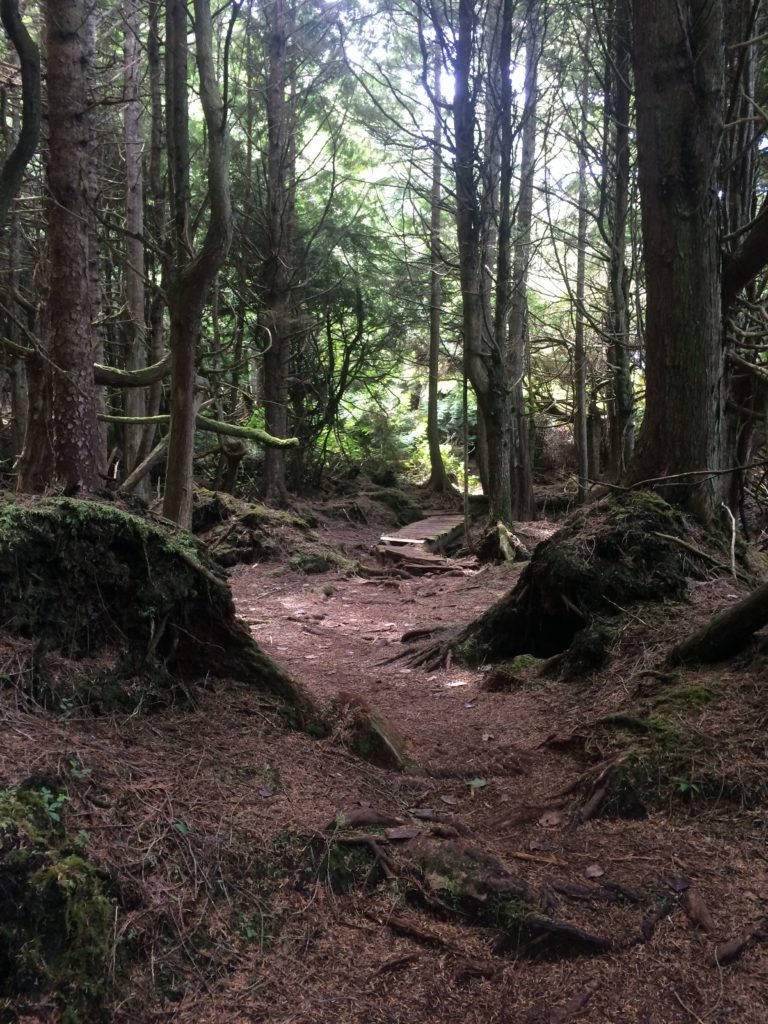
Seymour Narrows
If Dodd Narrows was a dress rehearsal, Seymour Narrows was the Full Monte performance. All the pilot books warned against trying to challenge Seymour Narrows at any time but slack tide. The current can run up to 12 or 14 knots through the Narrows and was known to spin small boats out of control. So we were motivated to get it right.
Again, we consulted the Canadian Tide and Current Tables, Volume Six, and again we nailed it. We shoved off the dock at Campbell River at 0645 and arrived at the Narrows just before TTE, pushing through a small current against us. Several other boats came through with us. The ebb current then proceeded to propel us along for more than sixty nautical miles in eight hours, top recorded speed over ground 10.7 knots! Thrilling!!
Lagoon Cove
After a rest stop at Burial Cove on East Cracroft Island, we drove the boat through Chatham Channel, a four-nautical-mile-long narrow sluice also best taken at slack. We emerged into Lagoon Cove, a cute anchorage at the east end of the Broughton islands. The Broughtons are reputed to be one of the premiere cruising grounds in this part of the world. A small marina sits on the east side of Lagoon Cove. Landing there in the dinghy, we quickly made friends with the proprietor. John enjoyed talking with them, and found particularly intriguing their account of social life in this remote area.
“So how many neighbors do you have?” John asked.
“Oh we have a few. Old Tom is across the cove and him and the folks in Burial Cove across the island are the closest,” came the reply.
“So do you guys get together very much?” John asked.
“Well, no, not really. Most folks move up here to get away from it all and don’t really want much contact with others.”
John found this exchange instructive, trying to understand the north woods psyche and the preference for isolation.
Booker Lagoon
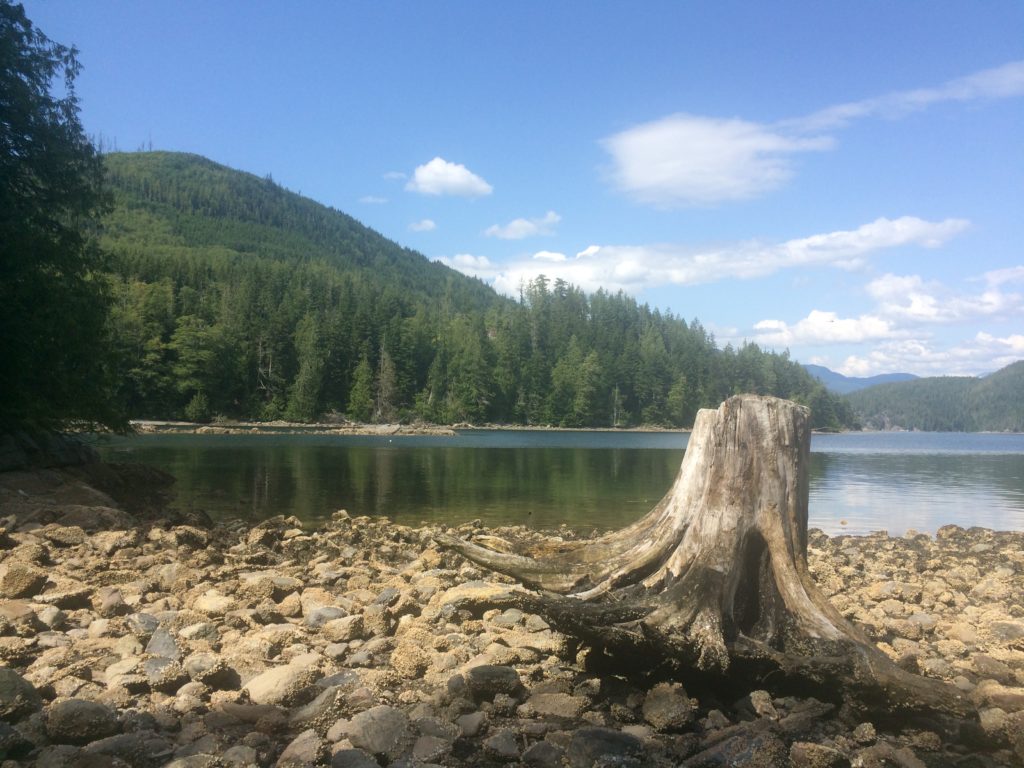
Next stop was Booker Lagoon, complete with its own narrow entrance requiring careful timing to enter at slack. Once inside, a large lagoon opens up with several arms with good anchoring. We found one arm to have all to ourselves and dropped the hook. A true nature harbor, the shore was thick with growth with no place to land. I launched the dinghy and tried trolling for fish to no avail. John let down a crab snare with similar results. Though we had hoped for seafood, we instead enjoyed a curried chicken dinner and movie night before retiring.
Next day was a layover day with more fishing and crabbing. Still no luck. Not to be denied, I took the dinghy over to the sand flats at low tide. There, I observed the telltale signs of clams squirting up from little holes in the sand. Digging down, I harvested a half a bucket of good looking clams, which we turned into a delicious chowder that sustained us for the next two days. Later, we learned of warnings of red tide affecting bi-valves in this part of the world, so considered ourselves lucky for feeling no ill effects.
Alert Bay
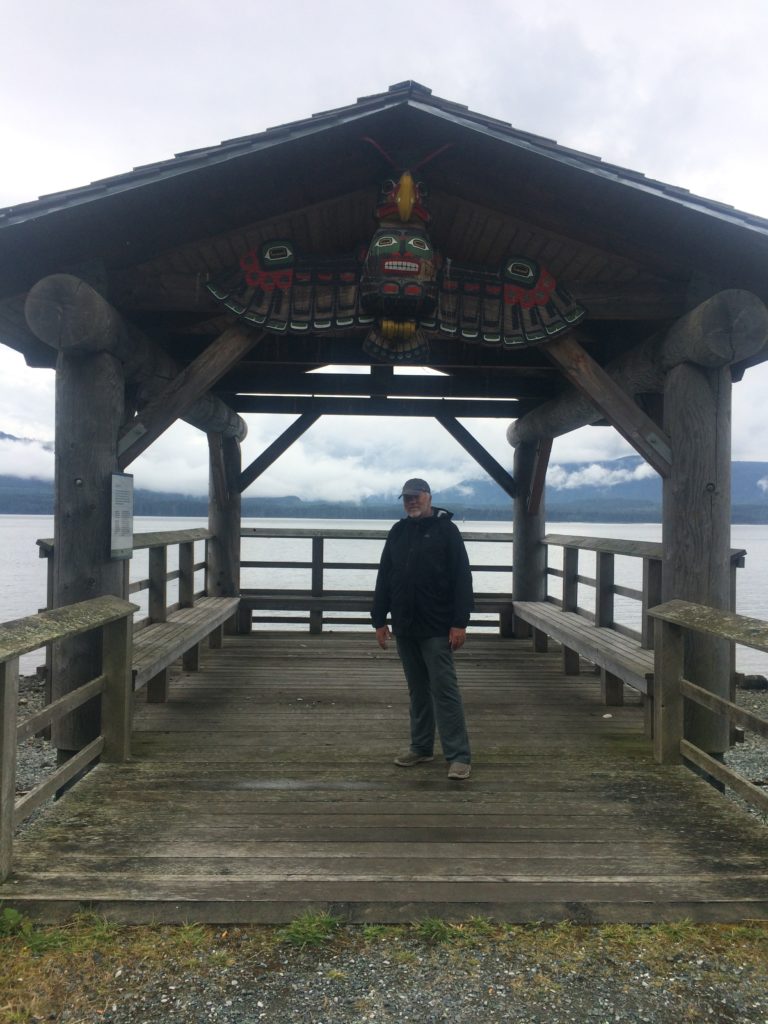
Alert Bay is a small town on Cormorant Island very near the end of our Leg Two voyage. The harbour master was very welcoming and found a way to squeeze us onto his dock. Instantly, we had a rapport with several of the other cruisers on the dock. Walking through the town later we encountered some of the same folks we had met on the docks, giving the place a friendly small town feel. Here, the First Nation is primary, both in terms of the people who live on the island and the fine museum that holds quite a collection of masks and other exhibits of First Nation culture. Bonus for me was the network of trails through the island’s old growth forests. I fit two delightful hikes in during our two days on Cormorant Island.
Sointula
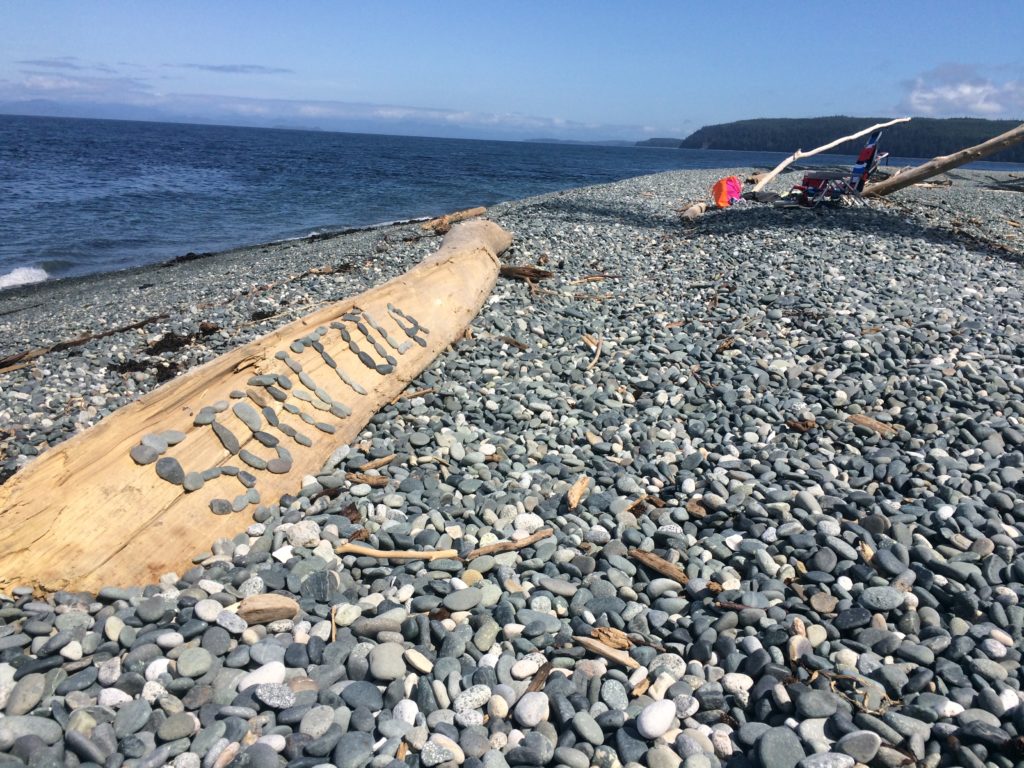
Another spot long on John’s list to check out is Sointula, a small community on Malcolm Island only three miles across from Port McNeill. We tied up to the dock at Sointula and looked around. Again, we instantly met several other friendly boaters who welcomed us with gifts of salmon. The marina offered courtesy bikes to ride two kilometers into town, which we proceeded to do. John was smitten, likening it to a charming Scottish village despite the fact that the place was settled by a Finnish fellow who wanted to get away from it all and establish a new utopian society. Apparently, this didn’t work out so well as the experiment fell apart after a short period. Today, most houses in Sointula are well kept and the village supports an art gallery, a couple eateries, a grocery store, and a general store. Ten miles long and three wide, the island is much bigger than Cormorant and, without the First Nation influence, has a much different atmosphere. Like Cormorant, though, there are several well maintained trails through beautiful old growth forests, one of which I hiked.
As all good things must, John’s time aboard Windleblo came to an end. He boarded a taxi in Port McNeill for a ride to the airport and a return to reality. Leg Three now awaits.

Comments
Leg Two — No Comments
HTML tags allowed in your comment: <a href="" title=""> <abbr title=""> <acronym title=""> <b> <blockquote cite=""> <cite> <code> <del datetime=""> <em> <i> <q cite=""> <s> <strike> <strong>